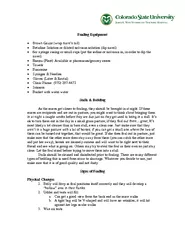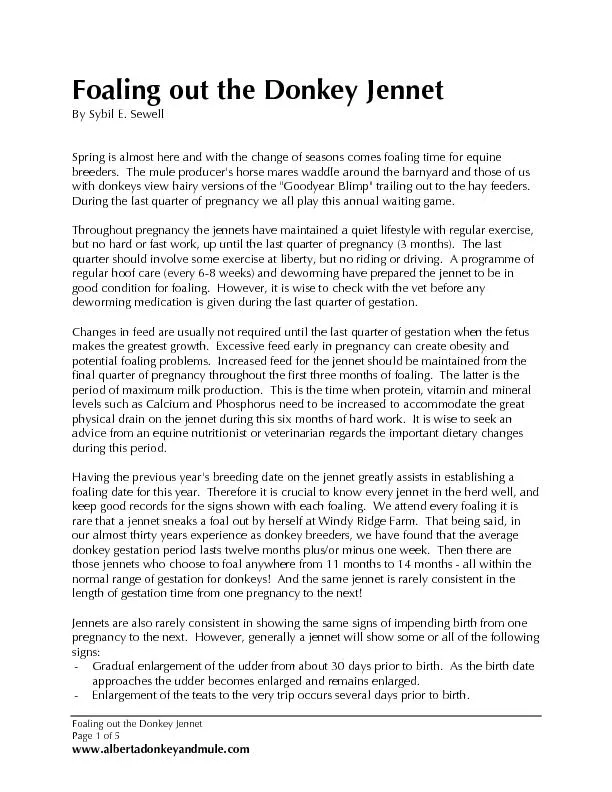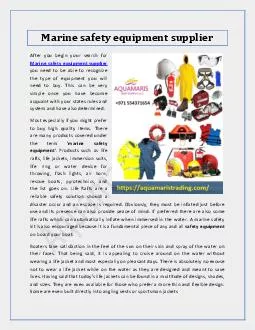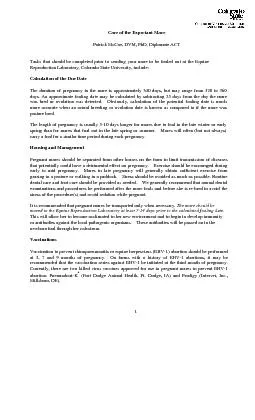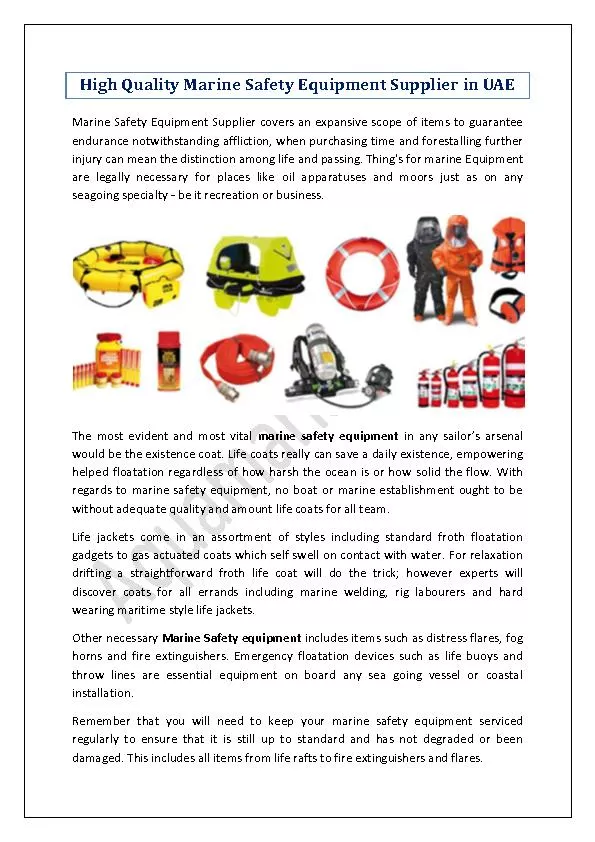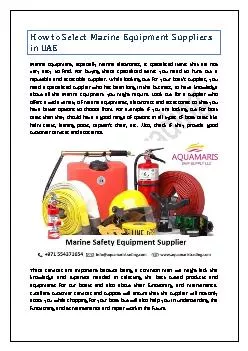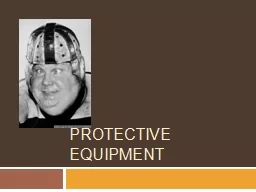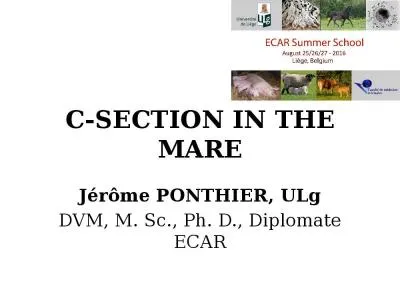PDF-Foaling Equipment
Author : alexa-scheidler | Published Date : 2015-07-22
xF0B7 Brown Gauze wrap marex2019s tail xF0B7 Betadine Solution or diluted nolvasan solution dip navel xF0B7 navel xF0B7 Enema Fl eet Available at pharmaciesgrocery
Presentation Embed Code
Download Presentation
Download Presentation The PPT/PDF document "Foaling Equipment" is the property of its rightful owner. Permission is granted to download and print the materials on this website for personal, non-commercial use only, and to display it on your personal computer provided you do not modify the materials and that you retain all copyright notices contained in the materials. By downloading content from our website, you accept the terms of this agreement.
Foaling Equipment: Transcript
Download Rules Of Document
"Foaling Equipment"The content belongs to its owner. You may download and print it for personal use, without modification, and keep all copyright notices. By downloading, you agree to these terms.
Related Documents

